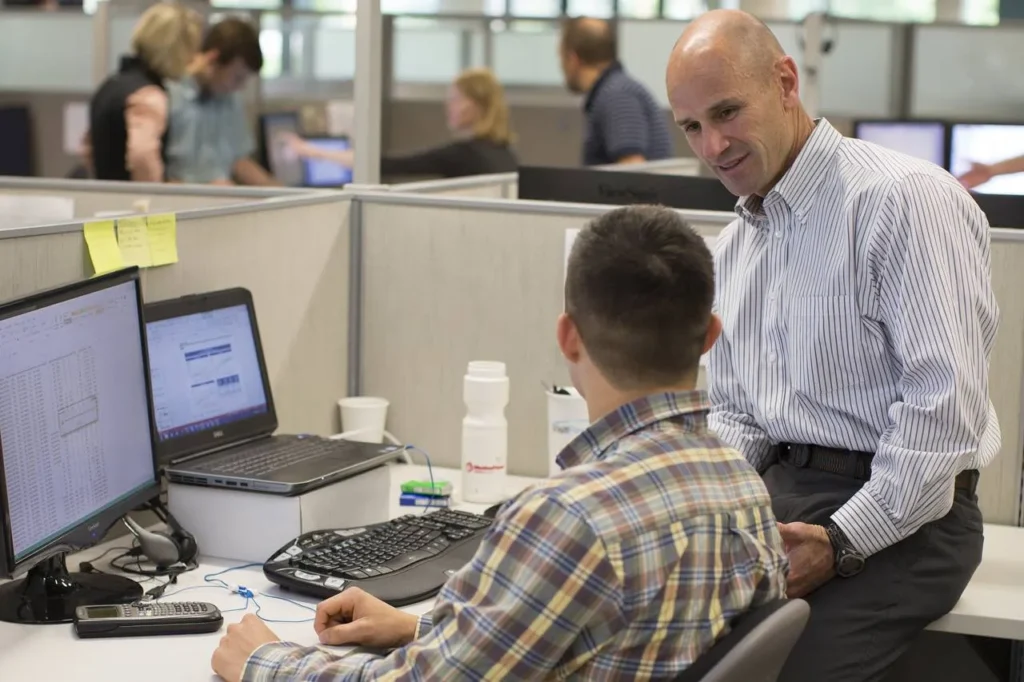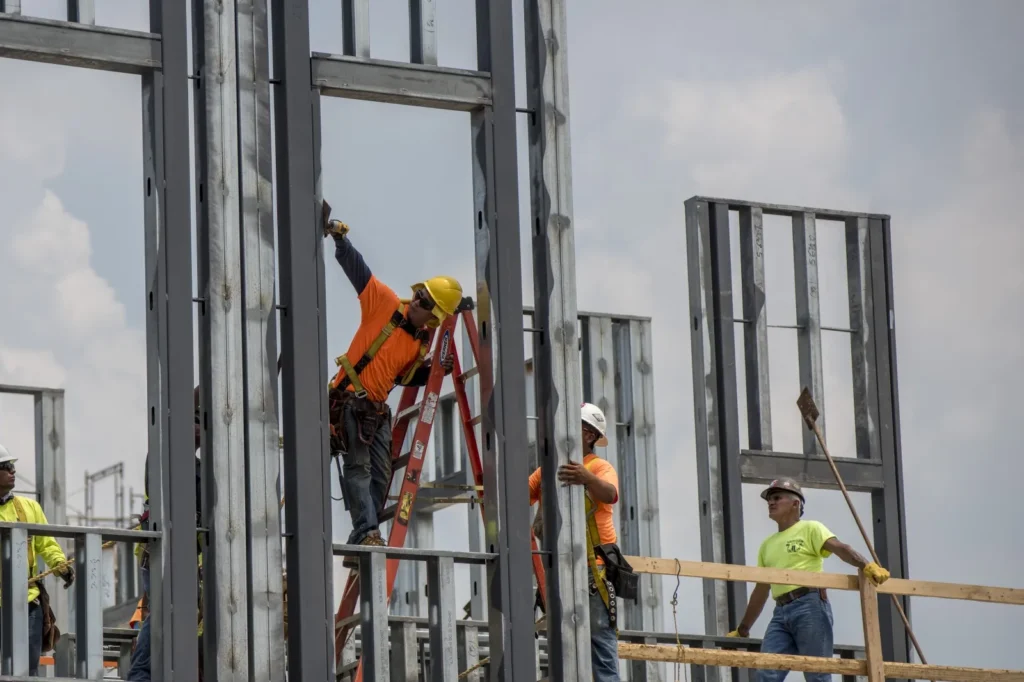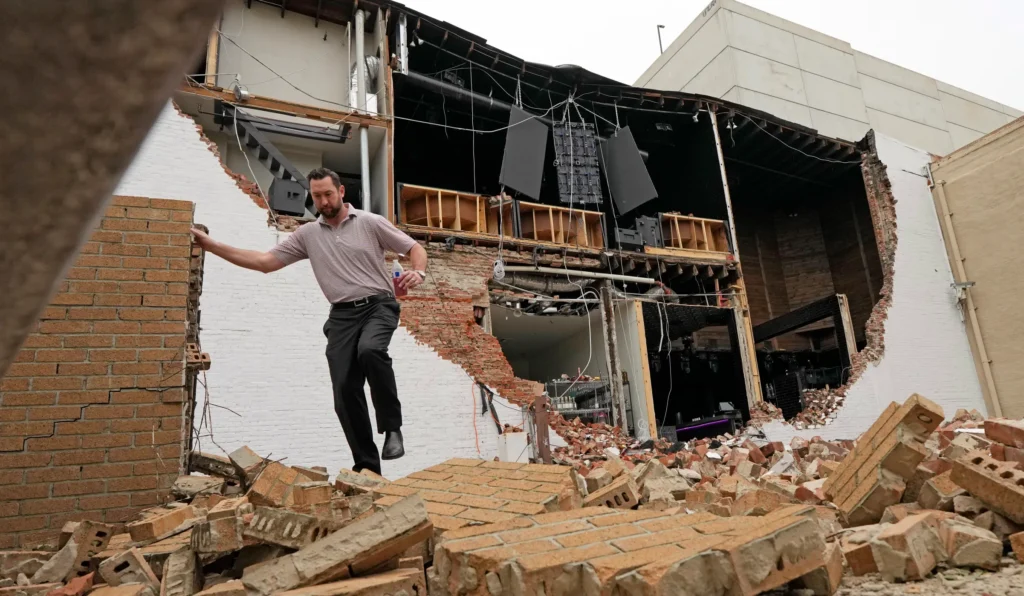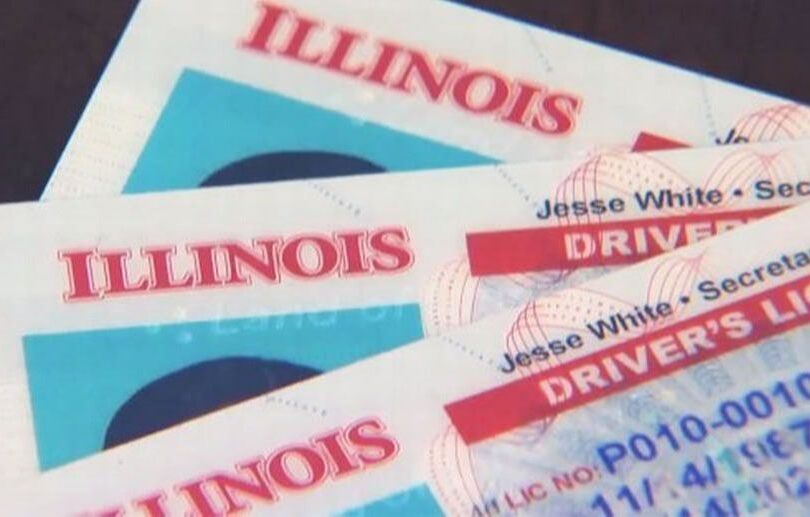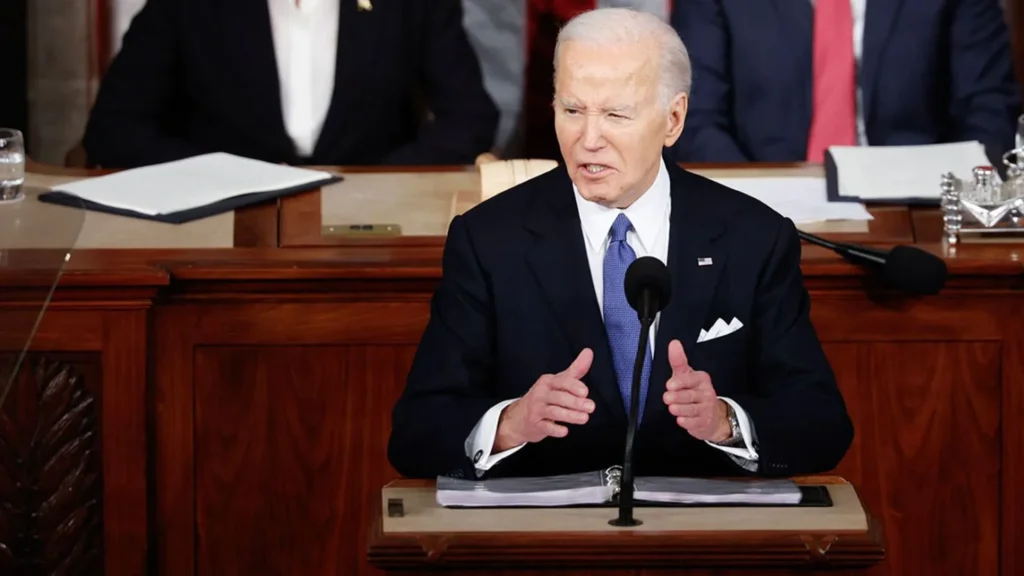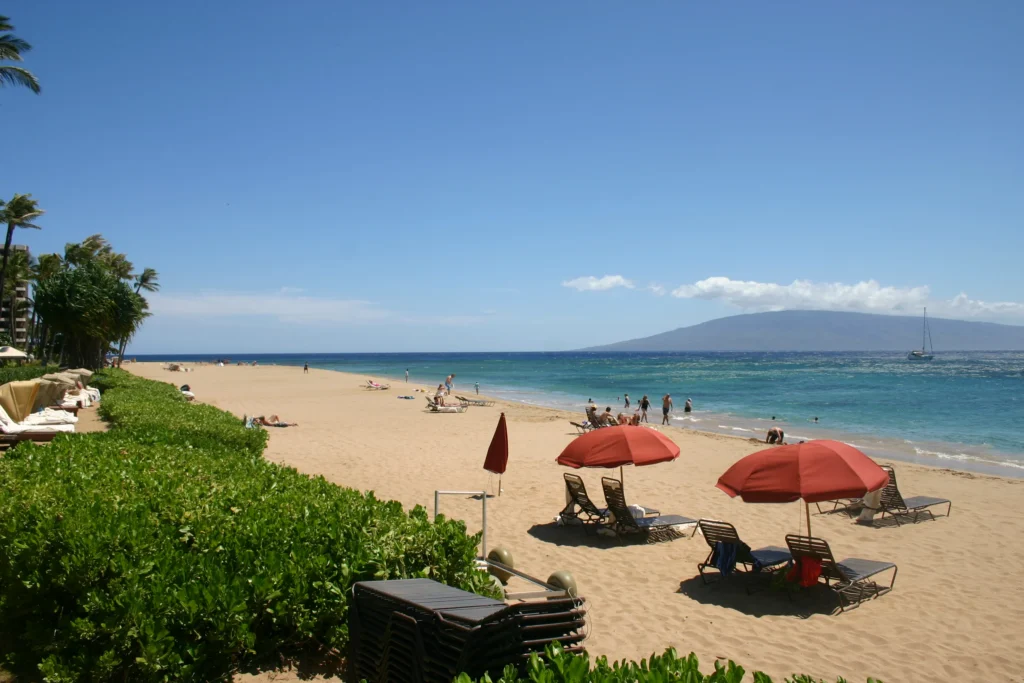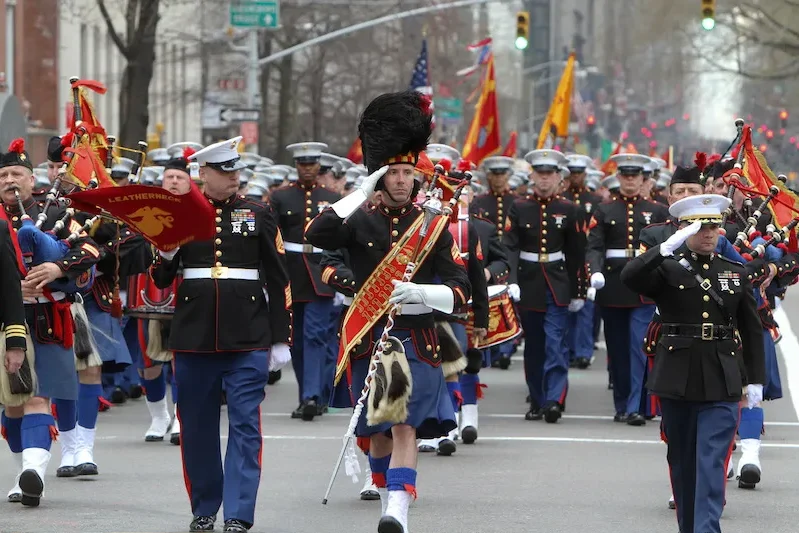Participation in the U.S. worker visa lottery has declined
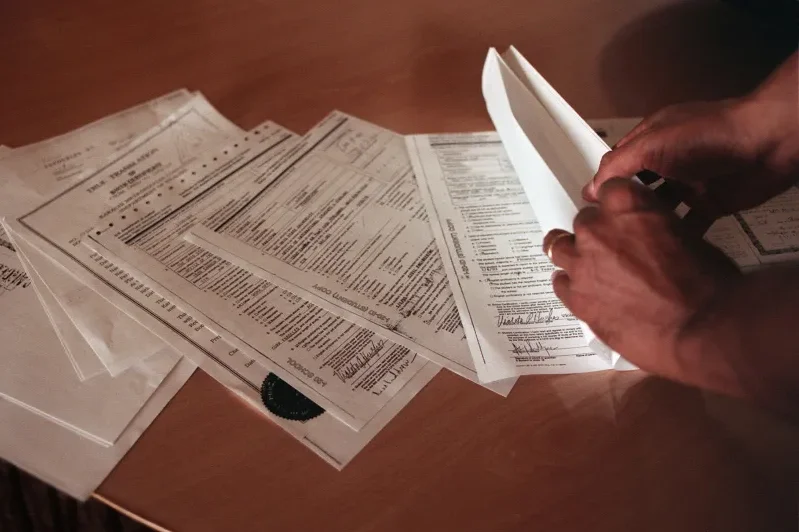
Participation in the U.S. worker visa lottery has declined in recent years, according to a report.
The U.S. visa lottery for workers is one of the mechanisms for gaining legal entry to the United States.
Participation in the lottery for visas for workers with higher education fell by 40% this year, said Tuesday authorities in the United States, who said it has been a success against people who “took advantage of the system” by sending many applications.
On many occasions, these applications are dubious, as they seek to unfairly increase their chances of being chosen.
Major technology companies that use H-1B visas, used for the U.S. visa lottery for workers, asked to make changes because the large increase in participation left their current and future employees with less of a chance of winning the lottery.
Confronting what it recognized as potential fraud and abuse, U.S. Citizenship and Immigration Services, USCIS, indicated this year that each employee would have only one chance in the lottery, regardless of whether they have a single job offer or 50.
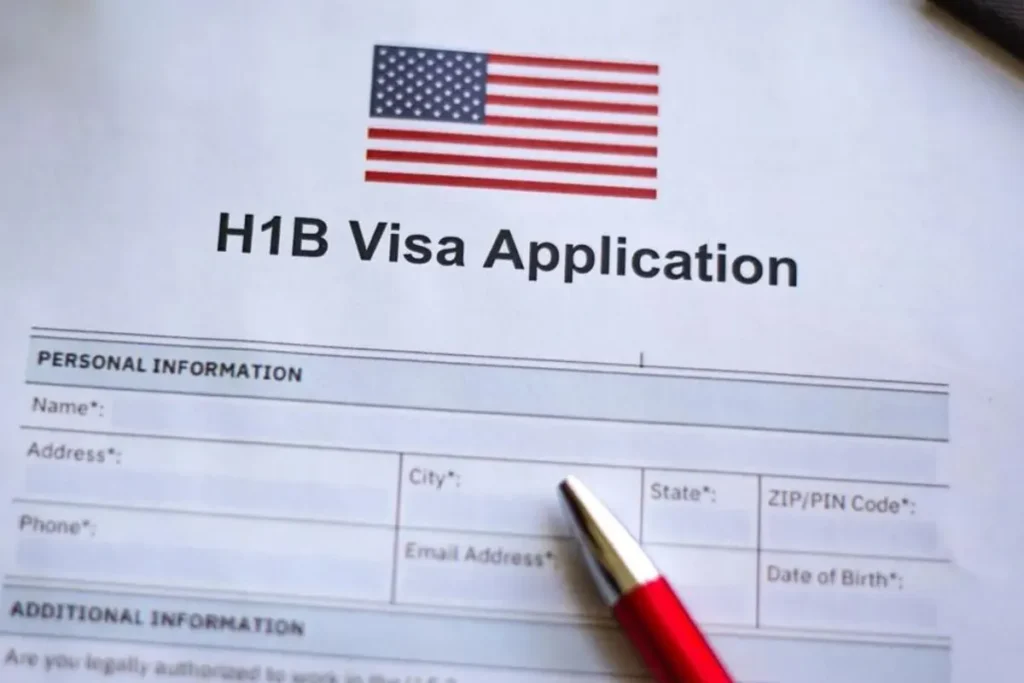
The U.S. worker visa lottery
The government received 470,342 applications for this year’s lottery, which was held in the last week of March, down 38% from last year’s 758,994 entries.
The number of worker applicants changed little: about 442,000 this year, compared to 446,000 last year, indicating a steep decline in the number of people simultaneously participating more than once.
The number of entries tripled from 2021 to 2023, after the government indicated that it would no longer require people to submit a large number of documents to be eligible for the lottery.
Applying for the U.S. visa lottery for workers was considered an expensive task could wait until they got one of the 85,000 slots granted in each year.
The only requirement was a $10 electronic registration fee, which removed barriers to participation but created an opportunity for companies and employees to flood the agency with applications. USCIS said one person submitted applications for 83 job openings in 2022.
READ MORE: THE AVERAGE SALARY OF THE WEALTHY IN THE UNITED STATES.
The decrease in the number of applications this year “indicates that there were far fewer attempts to acquire an unfair advantage than in previous years,” USCIS said in a note to businesses, applicants and their representatives.
For the U.S. worker visa lottery, H-1B visas, which were created in 1990 for people with a bachelor’s degree or higher in areas that are considered difficult to staff, especially science, technology, engineering and mathematics, are approved.
Critics point out that these visas allow companies to pay lower wages with fewer job protections.
In this regard, Infosys, an Indian technology outsourcing company, was the top employer of staff on H-1B visas in 2023.
While Amazon, Microsoft, Apple, Meta and Google were among the top 10.

Students graduating from U.S. universities can work for three years on an Optional Practical Training visa while applying for an H1-B visa. Because these applicants have stable jobs, they do not need to submit more than one application.
But this puts them at a disadvantage against multiple filers. Some leave the country to work in Canada or Europe.
The American Federation of Labor and Congress of Industrial Organizations (AFL-CIO) wrote to USCIS that the change in this year’s lottery “includes steps in the right direction, but falls far short of the comprehensive reforms needed.”
